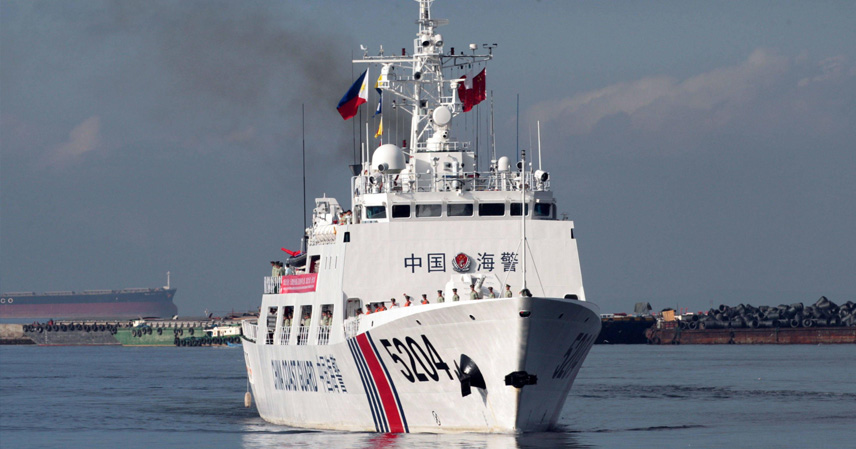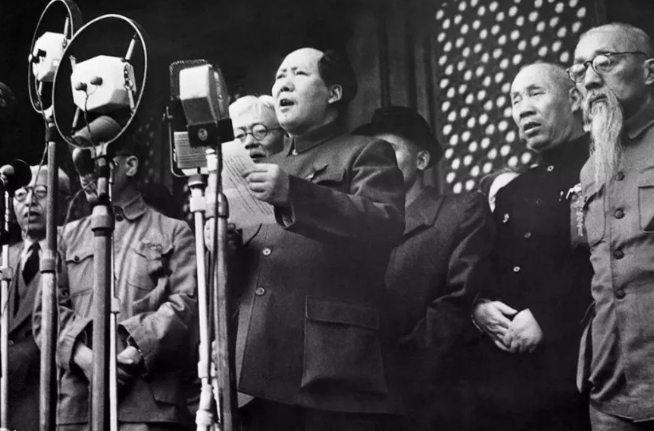Lately, discussions about China’s national interests often center on Taiwan, a cherished pearl off the southeast coast whose return home stirs every Chinese heart. While the direction is clear, the journey requires patience. Yet, even if Taiwan is reunited one day, the ancestral “Complete Map of the World” remains incomplete. Three critical pieces of the puzzle lie beyond our borders: the Diaoyu Islands in the East China Sea, South Tibet along the Himalayas, and the South China Sea Islands.
Diaoyu Islands: A Historical Anchor in the East
As early as 1403, during the Ming Dynasty’s Yongle era, the book Shunfeng Xiangsong recorded “Diaoyu Islet,” serving as a navigational guide for Chinese sailors—long before Japan even knew of the islands. By the Qing Dynasty, official maps clearly marked the Diaoyu Islands under Taiwan Prefecture’s jurisdiction, colored the same as mainland China and Taiwan—undeniable proof of sovereignty.
But good times attract envy. In 1895, the Treaty of Shimonoseki after China’s defeat in the First Sino-Japanese War ceded Taiwan and its affiliated islands, including Diaoyu, to Japan. After World War II, the Cairo Declaration and Potsdam Proclamation mandated Japan return all seized territories. Yet, in 1972, the U.S., while transferring Okinawa’s administration to Japan, included the Diaoyu Islands—a move akin to gifting someone else’s property. Japan, emboldened, renamed them the “Senkaku Islands” and claimed ownership.
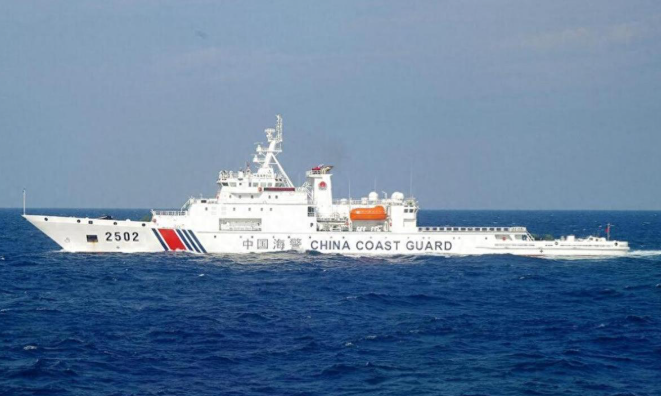
China has never accepted this. Though small—mere square kilometers—the islands’ strategic location is critical, anchoring the edge of the East China Sea’s continental shelf, near Zhejiang, Fujian, Okinawa, and Taiwan. Controlling them secures a chokehold on the first island chain. Beneath lies a “treasure”: a 1960s UN report estimated oil reserves in the area could rival the Middle East’s, alongside world-class fisheries. For resources and strategy, not an inch can be yielded. China’s fishery and coast guard patrols regularly visit, peacefully asserting: This is our home, and we’ll keep checking in.
South Tibet: The Verdant Heart of the Southwest
When you think of Tibet, images of snow-capped peaks and eagles soar to mind. But South Tibet (Zangnan) is different: a lush, low-altitude region of dense forests and the roaring Yarlung Zangbo River, a picturesque “Tibetan Jiangnan.” It’s also steeped in culture—Sixth Dalai Lama Tsangyang Gyatso, famed for his romantic poetry, was born in the Monyul region here. His lines, “Living in Potala Palace, I’m the greatest king of the snowlands; wandering Lhasa’s streets, I’m the world’s most charming lover,” resonate deeply. How did his homeland fall into foreign hands?
Blame the British. In the Qing era, South Tibet was indisputably under Tibet’s local governance. In 1914, British colonialists, without the Chinese central government’s consent, held the Simla Conference and drew the infamous McMahon Line, illegally carving out 90,000 square kilometers—larger than two Taiwans—from China’s territory. No Chinese government, from the Beiyang to the Nationalist to the People’s Republic, has ever recognized this line. After India’s independence, it not only upheld the McMahon Line but encroached further north.
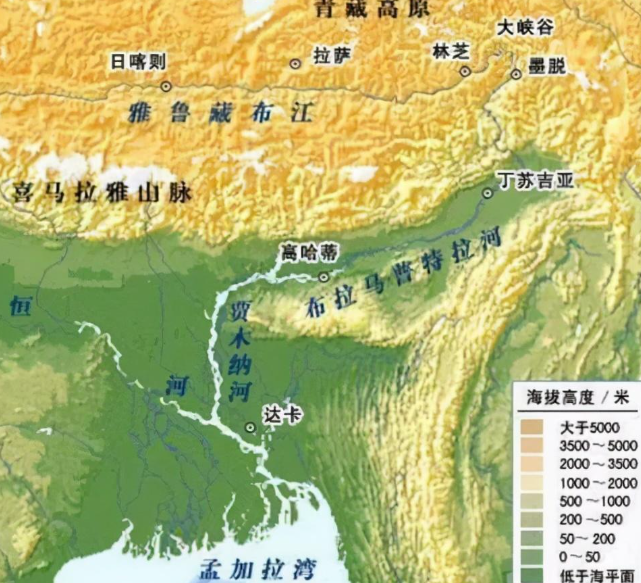
In 1962, China fought a self-defense counterattack, swiftly reclaiming the lost land within a month. Yet, due to complex international and logistical factors, China withdrew, allowing Indian forces to reoccupy the area. India later established “Arunachal Pradesh,” encouraging mass migration to cement its claim.
South Tibet’s importance is immense: the Yarlung Zangbo’s grand horseshoe bend holds vast hydropower potential, a strategic resource. Its fertile lands make it a rare “breadbasket” in Tibet, and it serves as a natural barrier against the Indian subcontinent. India’s provocations persist, but China’s Foreign and Defense Ministries have firmly stated: “South Tibet has been Chinese territory since ancient times—an undeniable fact.” Resolving this requires wisdom and patience, but China’s resolve to reclaim it is unshaken.
South China Sea Islands: Pearls in a Blue Treasure Chest
As a child, I’d gaze at the U-shaped dashed line on China’s map, encircling countless pearl-like reefs in the South China Sea, historically called the “Rising Sea.” Since the Yuan Dynasty, China established administrative control here, centuries before any claimant nation. In the Ming and Qing eras, Chinese fishermen named reefs like “Huangshanma” and “Tiezhi”—earthy names brimming with life and proof of sovereignty.
Post-World War II, China reclaimed the Xisha (Paracel) and Nansha (Spratly) Islands from Japan, erecting monuments and stationing troops, unchallenged by neighbors. But in the 1960s and 70s, vast oil and gas reserves sparked envy. Vietnam, the Philippines, and Malaysia occupied reefs, treating our ancestral yard as their own. The South China Sea is a global crossroads, with half the world’s merchant ships passing through, and its resources—oil, gas, and fisheries—are vital for China’s future and coastal livelihoods.
China’s response balances firmness and diplomacy. The nine-dash line asserts historical rights, while the policy of “shelving disputes, joint development” promotes neighborly cooperation. Yet, external powers like the U.S. stir trouble with “freedom of navigation” patrols, emboldening certain claimants. In recent years, China has built airports, ports, and lighthouses on its reefs—engineering feats dubbed “nature’s masterpieces” by foreign media. These ensure safety and services for passing ships, a rightful exercise of sovereignty backed by growing strength.
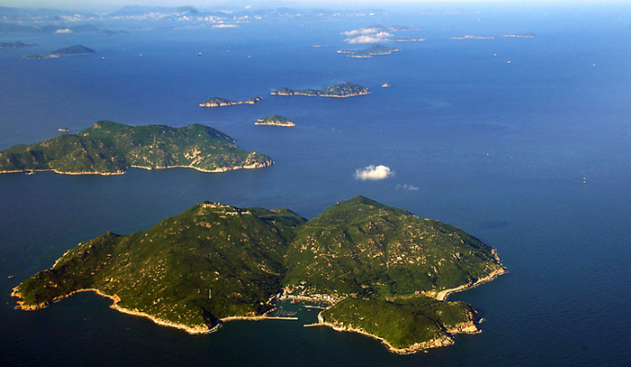
A Unified Map, A Shared Dream
From the Diaoyu Islands in the east, South Tibet in the southwest, to the South China Sea Islands in the south, these territories tug at historical nerves and shape China’s future. Reclaiming them demands more than passion or slogans—it requires resolve and wisdom from this generation and the next. Diplomatically, we must articulate historical truths; materially, we must build our strength—our carriers must sail where they belong, our planes fly where they must.
Taiwan’s return is a historical certainty. The reclamation of these three territories is no less a goal worth striving for. In our lifetime, may we see the “Complete Map of the World” whole again, without a single piece missing.
References
- Mi Ligong, Zhang Ruiling. “China and ASEAN Sign Declaration on the Conduct of Parties in the South China Sea.” People’s Daily, November 5, 2002.
- Ministry of National Defense of the People’s Republic of China. “South Tibet Has Been Chinese Territory Since Ancient Times.”
- China Tibet Network. “South Tibet: No Room for Others to Interfere.”

